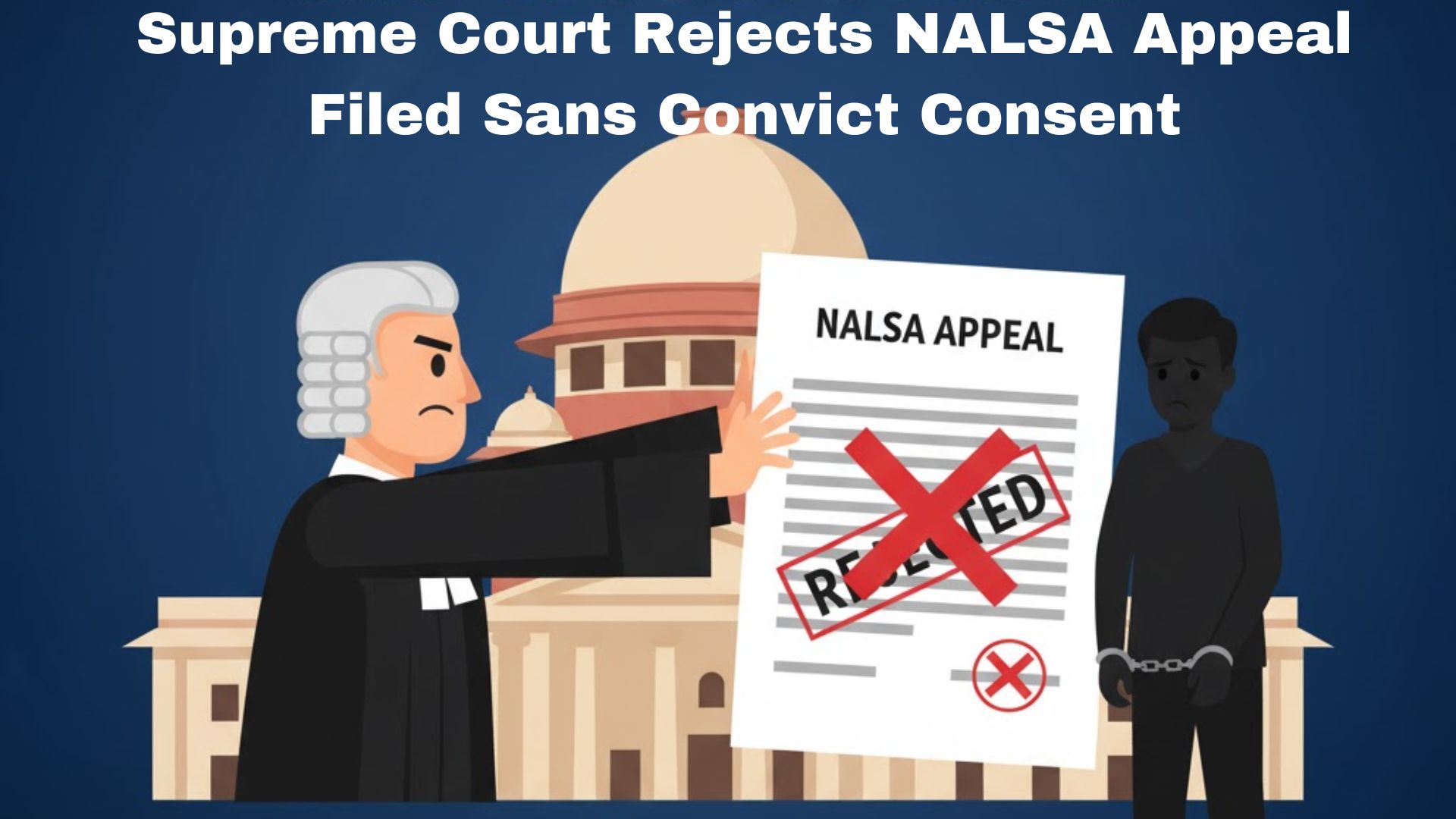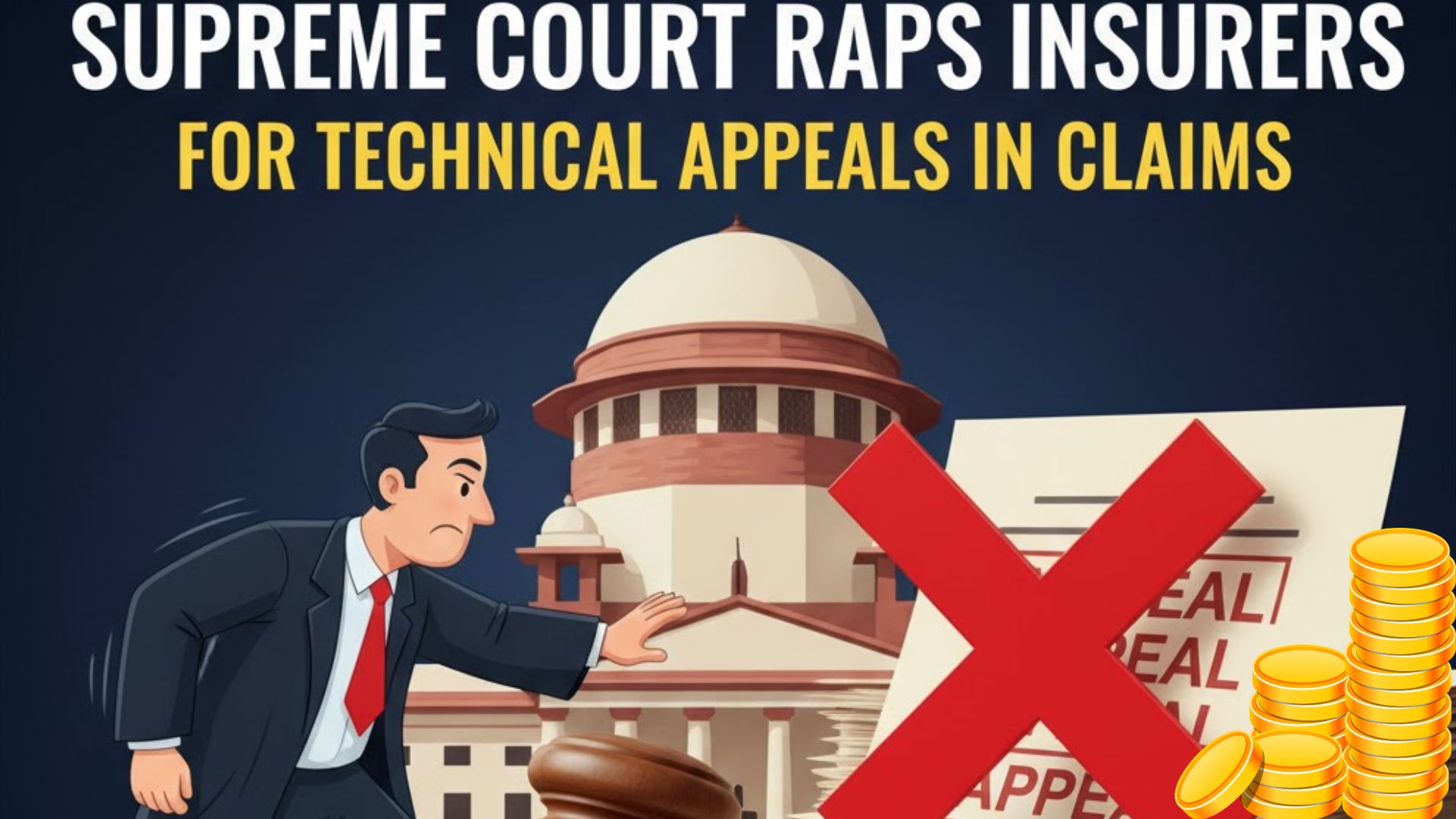Anjani Kumar Mishra, J@mdashHeard Sri Ashok Kumar Singh learned Counsel for the petitioner and Sri R.K. Shukla for the respondent. The
petitioner has filed this writ petition challenging the order dated 27.4.1984 passed by the Deputy Director of Consolidation. Learned Counsel for
the petitioner has submitted that the dispute in the petition pertains to Plot No. 343 area 2 biswas. 17 dhoors and 371 area 7 biswas. These plots
were recorded as Banjar. Since the petitioner was in possession over these plots and his house, trees, well, kal and kolhara existed thereon, he
preferred an objection under section 9-A. Thereafter a report was called for and it was reported that the petitioner is in possession of the land in
question and his house, trees, well etc. exist thereon and that this land is un-cultivable on the spot.
2. On the strength of this report, it is alleged that these plots were kept out of consolidation operations and were entered under Ziman 4 in favour
of the petitioner. It is alleged that subsequently, in proceedings on an objection under section 20 of the U.P. Consolidation of Holdings Act, the
chaks of the petitioner and one Suleman, the predecessor in interest, of the contesting respondent were effected by an order dated 25.1.1968.
This order is alleged to have been passed in Case No. 56/3432. Suleman thereafter sold his chak in favour of the contesting respondent in 1972.
In 1978, an appeal was filed against the order dated 21.5.1968 by the contesting respondent which was dismissed on the ground of laches. The
contesting respondent preferred a revision being Revision No. 44 (Jagannath and others v. Rajdeo and others). This revision has been allowed by
the impugned order dated 27.4.1984 and the orders passed by the Settlement Officer Consolidation on 2.5.1978 and the Consolidation Officer on
31.5.1968 have been set aside and the chaks have been restored as existing at the Assistant Consolidation Officer stage.
3. The submission of learned Counsel for the petitioner is that the appeal filed by the respondent was barred by time and was therefore rightly
rejected on the ground of laches. It was this order which was challenged before the Revisional Court. The scope of the revision was therefore
confined to the legality or otherwise of the order passed by the Settlement Officer Consolidation, refusing to condone the delay and it was not
open for the Deputy Director of Consolidation to have decided the revision on merits. In case the Deputy Director of Consolidation was satisfied
that the delay was liable to be condoned, the only course open for the Deputy Director of Consolidation was to have remanded the matter back to
the Settlement Officer Consolidation for deciding the appeal on merits. It is therefore contended that the revisional order is without jurisdiction.
4. Learned Counsel for the respondent on the other hand submitted that the entire case of the petitioner is based on forged and fraudulent entries.
No case under section 9-A(2) as alleged by the petitioner was ever instituted and this is the reason no copy of this order dated 21.5.1968 alleged
to have been passed by the Consolidation Officer has been filed. In fact, no such file exists and the entire reliance is placed upon an Amaldaramad
of this order in the revenue records. The Deputy Director of Consolidation has directed correction in the revenue records after recording a finding
that no record of Case No. 56/3432 exists. He therefore, submits that the order has been rightly passed and that manipulations have been resorted
to by the petitioner on the basis of non-existent orders.
5. I have considered the submissions made by learned Counsel for the parties and have perused the record.
6. Although it is the case of the petitioner that an order was passed in his favour in proceedings under section 9-A(2), the fact remains that a copy
of such order has not been filed. Learned Counsel for the petitioner has merely relied upon an Amaldararnad alleged to have been made in CH
Form 2-A of the petitioner. A copy of the CH Form 2-A was produced for perusal of the Court which reveals that the plots in question are
recorded in the name of Gaon Sabha and there is a mere mention of the entry in favour of the petitioner under Ziman 4, which is an entry of an
occupant without title.
7. The contention of learned Counsel for the petitioner is that on the basis of this order, the plots in question were kept out of consolidation
operations, as the land in question was uncultivable. This contention has been seriously disputed by learned Counsel for the respondent who states
that the land in question was duly valued. In case, it was out of consolidation operations, no orders could have been passed regarding such land in
proceedings for allotment of chaks and this is an additional circumstance to show that the impugned order passed in proceedings under section 20
of the Act has been rightly passed.
8. In this connection it would be relevant to notice that the averments made in the counter affidavit filed by the contesting respondent. In para 6 of
the counter affidavit it has been alleged that no trees, well or Abadi exists in Plot No. 343 and that the reports filed as Annexures 1 and 2 to the
writ petition are bogus documents. It has further been alleged that the entry under Zaman 4 has already been expunged. In paragraph 8 of the
counter affidavit it has been stated that Plot No. 343 was cultivated on the spot and its exchange ratio was fixed during consolidation operations
and that no objection under section 9 was filed as regards such valuation.
9. The Deputy Director of Consolidation while allowing the revision has recorded a categorical finding that the Amaldaramad regarding order
dated 31.5.1968 passed in Case No. 56/3432 is forged and farji. This has been recorded on the basis of a report that no file of such case has
been consigned to the record room.
10. Since the finding is one of a forged entry and the petitioner has not been able to rebut the same by any cogent evidence to show that record of
Case No. 56/3432 exists, I find no substance in the submission of learned Counsel for the petitioner that the scope of the revision was limited to
considering the legality or otherwise of the appellate order dismissing the appeal of the contesting respondent as barred by time.
11. It is settled law that fraud vitiates all solemn proceedings. The Deputy Director of Consolidation after recording a finding that the Amaldaramad
in favour of the petitioner is a forged one has ordered it to be expunged and I find no illegality therein. It is further established on record that the
entire case of the petitioner is built upon an Amaldaramad made in the revenue records. The order in pursuance whereof this Amaldaramad is
alleged to have been made, is not available on record. There is nothing on record to assail the finding returned by the Deputy Director of
Consolidation.
12. In my considered opinion substantial justice has been done by the Deputy Director of Consolidation by means of the order impugned.
Accordingly and for the reasons given above I find no merit in the submissions made by learned Counsel for the petitioner. The writ petition is
devoid of merits and is accordingly dismissed.

